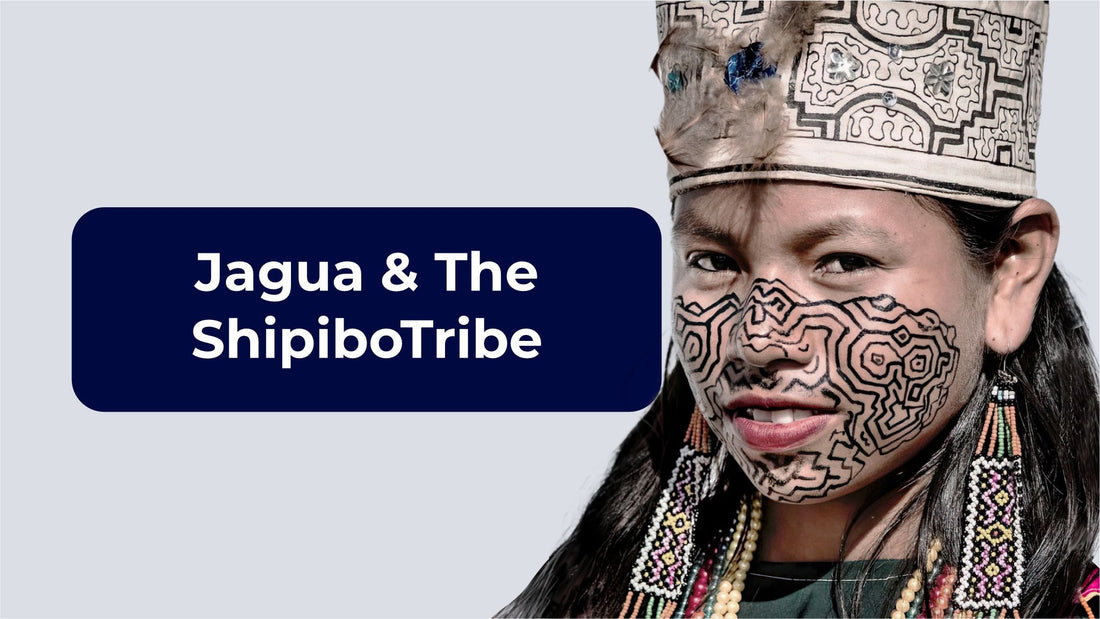Jagua: The Traditional Blueish Dye of the Shipibo Tribe for Body Art and Medicinal Purposes
The Shipibo tribe is one of the oldest ethnic groups in the Peruvian Amazon jungle, and their cultural practices have been passed down for generations. Among their many traditions is the use of Jagua, a blueish dye prepared from the Genipa Americana fruit. Jagua has been used by the Shipibo people for over 2,500 years as a form of body art expression, and is also commonly known as Huito.
The process of preparing Jagua is relatively simple. The unripe Genipa Americana fruit is collected, and the juice inside is extracted. This juice contains a substance called Genipin, which is what gives the dye its dark color. The juice is then applied to the skin, where it stains the skin with a beautiful and unique blueish hue.
The Shipibo tribe uses Jagua for a variety of purposes. It is often used for decorative purposes, with intricate designs and patterns being created on the skin. These designs are typically applied to the face, arms, and legs, and are often used to celebrate important events such as weddings and other ceremonies.
In addition to its decorative uses, Jagua also has medicinal properties. The Shipibo people have long used Jagua to treat a variety of ailments, including skin conditions such as rashes and insect bites. The dye is believed to have anti-inflammatory properties, and is also thought to help with pain relief.
Despite its long history of use, Jagua remains relatively unknown outside of the Shipibo tribe. However, in recent years it has gained popularity in the Western world as a natural alternative to synthetic body art dyes. Many people are drawn to the unique blueish color of Jagua, and appreciate its natural origin and traditional uses.
In conclusion, Jagua is an important part of Shipibo culture and has been used for over 2,500 years as a form of body art expression and for medicinal purposes. The dye is prepared from the Genipa Americana fruit and contains a substance called Genipin which stains the skin with a beautiful blueish hue. While it remains relatively unknown outside of the Shipibo tribe, its popularity is growing in the Western world as a natural alternative to synthetic dyes. The Shipibo people continue to use Jagua to this day, preserving a rich cultural tradition that has been passed down for generations.









2 comments
Would it be cultural appropriation for non indigenous individuals to use jagua? I think it is beautiful but I don’t want to be disrespectful.
We have a lot to learn from our Amazonian cultures!